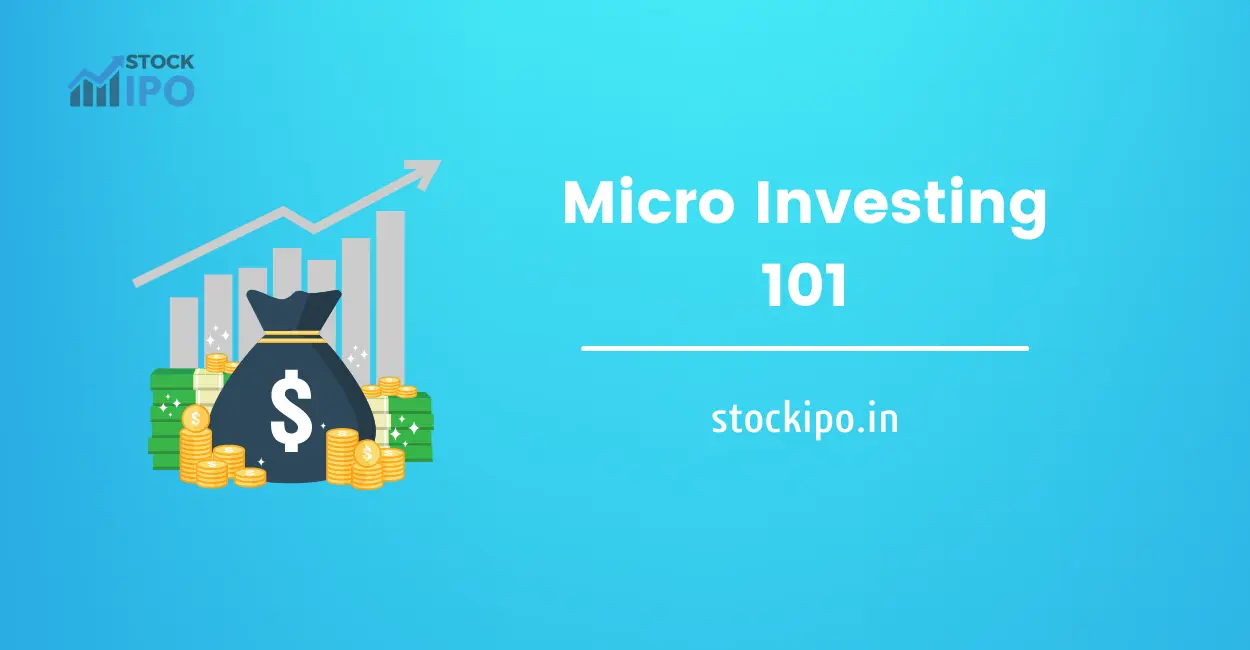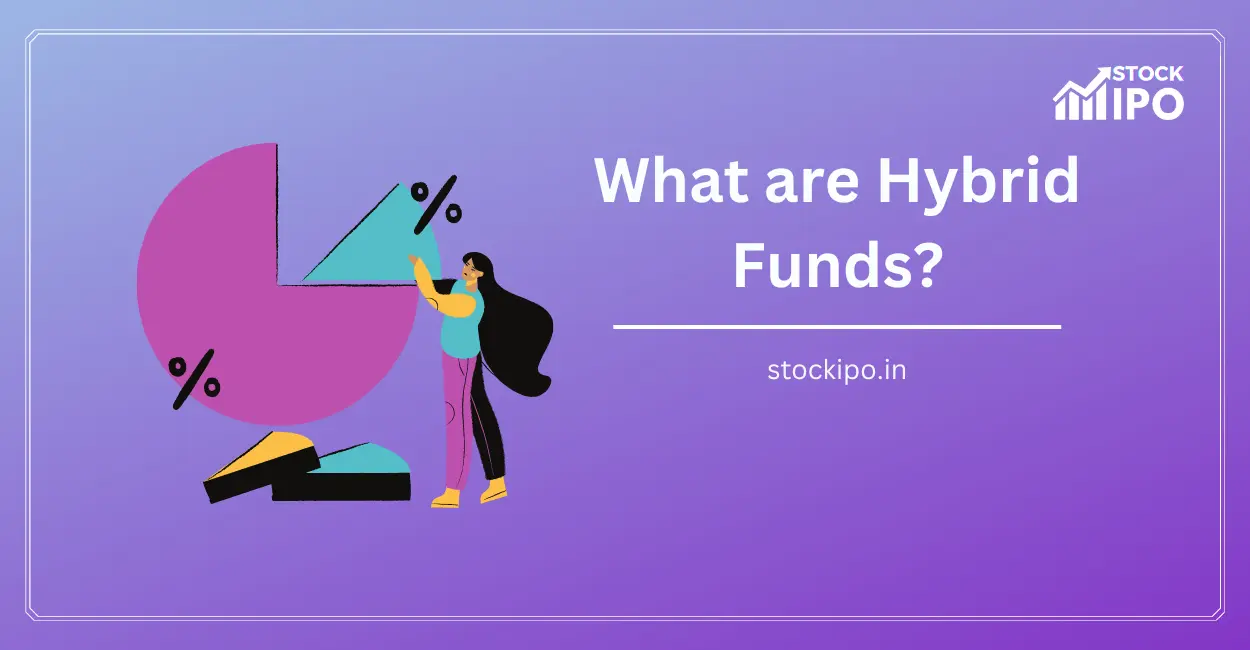To reap the benefits of long-term investment, large sums of money are commonly invested in stocks, real estate, or mutual funds in traditional investing. Micro-investing, on the other hand, enables investors to get started with as little as Rs 100. They can gradually build a portfolio that will eventually grow to be substantial in this manner.
What is Micro Investing?
Micro-investing is a relatively new and popular method of investing money. Unlike traditional investing, which involves putting money into large stocks or mutual funds, micro-investing allows you to put money into individual companies in small amounts.
It is a new investment strategy that is gaining popularity among new investors. Micro-investing is the practice of putting small sums of money into financial instruments such as stocks, digital gold, exchange-traded funds (ETFs), and mutual funds.
For example, Instead of investing RS 10,000 in a mutual fund, you could instead invest Rs 100 in ten different companies. Micro-investing is an excellent way to diversify your portfolio while reducing risk. It’s also a great way to get started in the world of investing because you’re only investing small amounts of money.
Steps to start Micro-investing
Here are the steps which one should follow to get started with micro-investing:
Selection of Platform: There are various micro investing platforms to choose from. Consider factors such as fees, investment options, and ease of use when selecting a platform.
Micro-investment apps provide a solution. Instead of selecting individual investments, simply select a risk level, such as conservative, moderately conservative, moderate, or aggressive, and the app will automatically adjust your portfolio to meet your financial objectives.
Make an account: Sign up for an account once you’ve decided on a platform. Personal information such as your name, address, and social security number will be required.
Link your bank account: You must link a bank account to your micro investing account in order to fund your investments. This allows you to transfer funds from your bank account to your micro investment account.
Decide the investment amount: Set up automated investing in your investment app and decide how much and when you want to invest.
Some Micro investing Apps
1. M1 Finance
M1 is an unusual investing platform in that it functions somewhat like a robo-advisor while also offering features similar to an online broker. M1 provides a wide range of tailored investment portfolios for hands-off investors, as well as the option for hands-on investors to select individual assets to create their own highly customized portfolios. M1 will manage your portfolios automatically whichever route you take.
2. Acorns
Acorns is a platform that allows its members to invest by saving a small amount of money on a regular basis. Micro-investing is a term for this type of investing. Acorns is a platform that you can connect to your bank account, and whenever you make a purchase, a small amount is transferred to your investment account.
3. Webull
The Webull platform’s primary goal is to provide on-the-go mobile trading tools for tech-savvy everyday consumers to manage their own market portfolios for stocks, ETFs, and American Depositary Receipts (ADRs), with options trading coming soon.
Customers have access to a variety of fundamental analysis tools in addition to powerful technical indicators, which may be the platform’s target area.
Advantages of Micro Investing
- Investing with minimum amount: To do micro investing one does not need any high amount of capital, that’s why it is favorable to the new and low income investors. One can begin investing in ETFs and fractional shares of stock with just a few dollars, which is not possible with more traditional investments such as mutual funds.
- Improves Saving habit: Micro-investing at a young age can help you develop positive saving habits that will last a lifetime. It’s a great way for people who have never invested money before to get started. However, over time, it can add up to a significant amount. It instills in people a lifelong saving habit without making it a compulsion.
- Easy and Affordable: Setting up an account with a micro-investing platform and linking it to your bank accounts is quick and easy. It then serves as an electronic piggy bank for your loose change. Micro-investing requires little effort on your part. You can begin building an investment balance without even realizing it because the entire process is automated.
- Easy Diversification: Micro-investing apps do not sacrifice investment options despite their lower entry barrier and low investment management fees. Through these apps, you can invest in ETFs or buy stocks. Micro-investing apps enable fractional purchases of ETF shares and stocks because investors begin with smaller sums. Therefore, the cost of diversification is lower.
- Automatic Rebalance of Portfolios: Financial planning necessitates an understanding of how various investments operate, including their risk profile, lockup period, and distribution methods. According to one study, up to 40% of American adults are unsure when to add fixed-income instruments to their portfolio. When it comes to portfolio rebalancing, we see a similar pattern. The same thing is most likely happening in Europe.
Disadvantages of Micro Investing
- Low Yield: Since micro investing requires a small amount of capital due to which the yield obtained from them is small. Investing a small sum of money usually results in lower returns and dividends.
- Unsuitable for retirement savings: Micro-investing alone is unlikely to be effective for long-term goals such as retirement.
- Limited platforms: There are limited platforms which offer the services of micro investing, in the same way there are limited account option which offer fractional investment in shares.
Conclusion
Investing and letting your money grow is the only way to create long-term wealth. Micro-investing apps can be an excellent platform for developing investing and saving habits, but they are not a complete replacement for traditional investment options. Not only are the best, most advanced, and most effective savings tools always a click away, but ordinary people can now participate in investment markets to achieve their own, specific financial goals.







